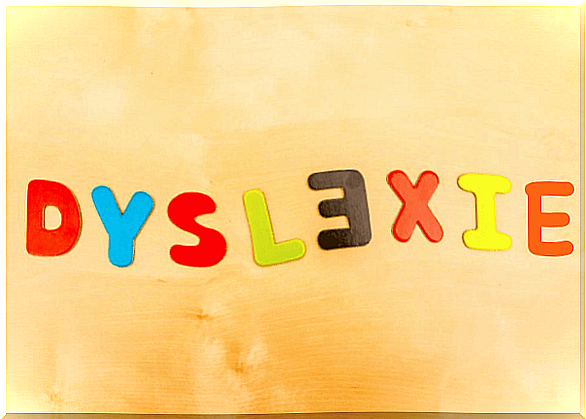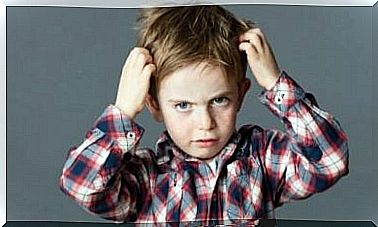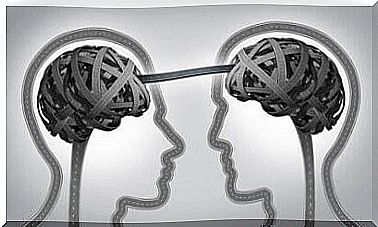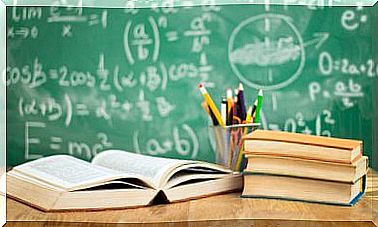Childhood And Specific Language Problems
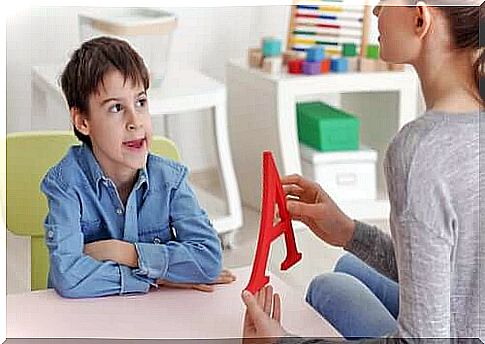
Specific language problems are dispersed throughout the population. They range from the most complex which hinder communication, to the simplest such as the confusion of the letter “r” with the “l”. But most of these problems have a particular impact in childhood, when development and learning reach their peak.
The child’s brain is developing in leaps and bounds and, with it, more complex cognitive functions such as language, protagonist of our evolution as a species. The ability to communicate through different channels has widened the range of coordinated activities available to human beings.
But language is also an extremely complex skill. It must be acquired and perfected during childhood. It is at this stage that most language problems appear. If they are not treated, they will have repercussions on adulthood.

What is a specific language problem?
A specific language problem occurs in children when they have learning difficulties or delays. As cognitive skills are not homogeneous in all people, this concept is used in cases where there is a particular difficulty.
This difficulty, although it can compromise other skills, represents a selective deficit for a certain learning and not an overall deficit. The best-known example is dyslexia, a difficulty in learning to read and write despite normal intelligence.
Brain maturation and language development
The development of language is progressive and depends on the proper neuronal development of the brain. Spontaneous language appears from the age of 2 years. This event coincides with great progress in motor development, hence the hypothesis of concomitant development. This process coincides with the increase in the degree of myelination of neurons in the nervous system.
At 6 months, for example, thanks to motor development and the ability to interact, it is already possible to smile. Another example can occur when a 5-year-old child, with almost complete motor development, can perform more complex verbal tasks, such as saying his age or repeating 4 digits.
What happens in the presence of early brain damage?
Early brain damage is usually the result of an accident. The first deficiency is that produced by the lesion itself, due to the neuronal damage underlying the lesion of the nervous system. Then the learning anomalies appear as a result of the reorganization.
Brain plasticity in children allows functional restructuring. However, this does not eliminate the likelihood that there is some type of developmental alteration, which will be diffuse or focal depending on the type of lesion.
Dyslexia
Dyslexia is commonly identified as the impairment of reading and writing through confusion of the order of words, syllables and letters.
This is one of the most common language problems. It can result from a fundamental difficulty in the processing of auditory information and, in turn, from a problem of visuo-perceptual origin. It is also interesting to note that this modification varies according to the writing system.
How to identify a case of dyslexia?
Children with dyslexia, a specific learning disability, have difficulty perceiving language aspects correctly. This is evidenced by their writing and reading work. Here are four expressions of this difficulty:
- Lack of attention : tasks may require too much cognitive resources. This causes mental fatigue which leads to a problem with concentration or focusing
- Of laterality problems : right-left identification difficulties and general spatial difficulties
- Difficulty recognizing and naming, for example, fingers
- Finally, feelings of insecurity and stubbornness
How to differentiate dyslexia from dyscalculia?
Dyslexia is not a specific deficit for numbers, but a problem in understanding abstract concepts related to language in general.
On the other hand, dyscalculia is the inability to mentally work with digital concepts. The main signals to assess dyscalculia are:
- Difficulties in learning and memorizing basic operations
- Problems with the correct identification and use of digital signs
- An inability to count mentally and to use more rudimentary strategies such as fingers
- Difficulty understanding numerical concepts such as “greater than”
- Problems in the abstract and spatial representation of numbers resulting in writing difficulties
The differences between specific language problems and mental impairment
Specific linguistic issues, if redundancy permits, are development issues which originally only arise in the linguistic area and may affect other areas.
On the other hand, mental retardation is an impairment of overall intellectual functioning. It manifests itself in the early stages of development by a lower than average intellectual average.
Specific language problems: assessment and treatment
A multidisciplinary team is generally responsible for the assessment of the disorders. It is generally made up of the following specialists:
- Speech therapist : the person responsible for defining in which language domain the deficit occurs
- Neuropsychologist : responsible for evaluating executive functions in the event of brain injury. In addition, it can establish a differential diagnosis to rule out other alterations
- Psychologist : in charge of the treatment of the emotional part, because many learning problems usually manifest themselves following a family crisis
- Teacher : Teachers are a key element since they are usually the ones who identify the problem in the context of education
- Other specialists : neurologists, doctors and psychiatrists intervene in the assessment when there is damage or an organic cause

Processing
Dealing with specific language problems also requires the work of several specialists. After identifying the specific problem, a strategy will be developed to correct and channel the learning.
The speech-language pathologist is a professional who usually establishes a series of exercises that will help children improve their language skills.
For example, when a child mispronounces words due to a phonetic problem, such as changing the letter “r” to “l”, a series of motor and linguistic articulation exercises will be developed to correct the position. of the mouth in the evocation of sound.
The intervention depends on the specific type of problem. At this stage, it is very important to involve teachers in hearing and language. Their function is then to pay particular attention to the problems of comprehension and expression of language.
In conclusion, children have a higher degree of brain plasticity because many of their connections are still developing. This is why it is essential to tackle specific language problems as early as possible.
A child with dyslexia, when treated early, will be able to strategize. But also to acquire the skills necessary for a successful apprenticeship. On the contrary, it will be very difficult for a person trying to reverse the problem in their twenties or thirties after consolidating their incorrect learning.
